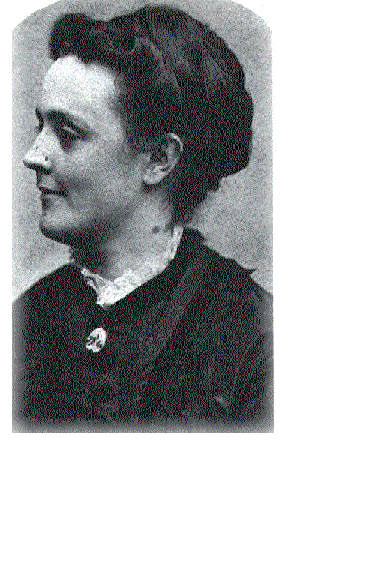

Melanie Freeman
English 48B
February 3, 2009
Sarah Orne Jewett's A White Heron
Sarah One Jewett is often viewed as a regionalist writer who represented the culture of her hometown of South Berwick, Maine in her works. Her writing celebrates the natural beauty of the environment around her, often describing the influences of the neighboring ocean. Although Jewett's writing is multi dimensional, her clear references to the changing landscape of her hometown portray her ecological critique of the Industrial Revolution. Jewett memorializes the distinct ways of life and physical environment before technology dominated the New England region to show how drastically the physical land and way of life has been altered.
"Half a mile from home, at the farther edge of the woods, where the land was highest, a great pine tree stood, the last of its generation. Whether it was left for a boundary mark, or for what reason, no one could say; the woodchoppers who had felled its mates were dead and gone long ago...." (526).
Summary:
This description of the pine tree occurs after the young sportsman meets Sylvia and her grandmother and becomes a guest on their farm. He tells them that he studies birds and would love nothing more than to find and shoot a white heron. He offers Sylvia ten dollars if she will show him the bird and for the time being she considers it. After spending the day hunting along side the sportsman, Sylvia pictures the image of this tree while lying awake in bed and realizes how significant her climbing of this tree is.
Reflection:
Sylvia describes this old pine tree as though it is worthy of great respect. This tree is representative of the land before the influence of technology and literally and figuratively stands about the entire forrest. By climbing this tree, Sylvia feels that she will be able to see everything clearly, including the location of the white heron. This tree will give Sylvia access to all of the secrets of the forrest, as long as she proves herself strong enough to climb to the top.
I feel that this pine being "the last of its generation" is representative of Jewett's disapproval of the ecological damage created by the Industrial Revolution. This tree becomes such an essential character in the story and is often personified to give nature significant value. The idea that the white heron is found living in this tree and that there is only one heron left is also very evocative of Jewett's role as an environmental critique. The "woodchoppers" have clearly damaged this bird's natural habitat so drastically that it is at the point of extinction from this area.
The white heron, a symbol of virginity and purity, can also be read as a symbol of pure, natural land. Once human influence has altered or damaged the environment, the purity of the land is also damaged. When Sylvia decided the keep the location of the heron a secret, she is vowing to maintain the natural order of the land and do her best to keep it safe from the strong influence of the economic, male- driven society.
20 points. "The white heron, a symbol of virginity and purity, can also be read as a symbol of pure, natural land." Excellent observation!
ReplyDelete